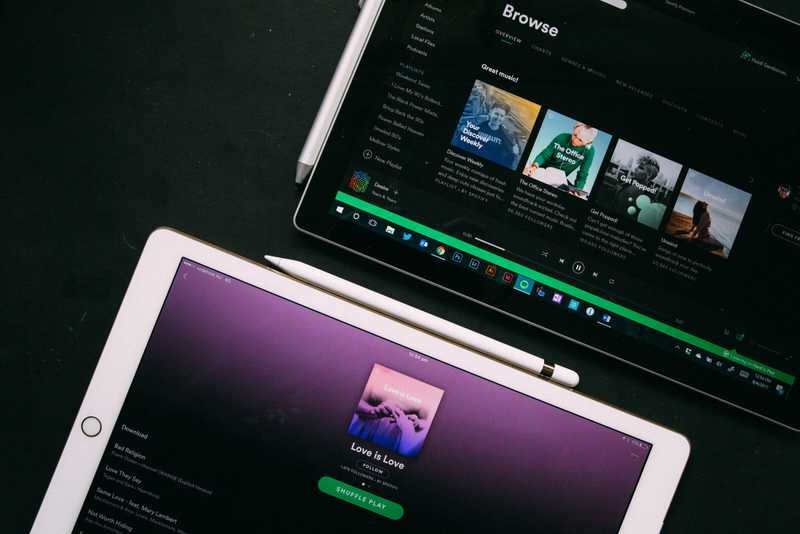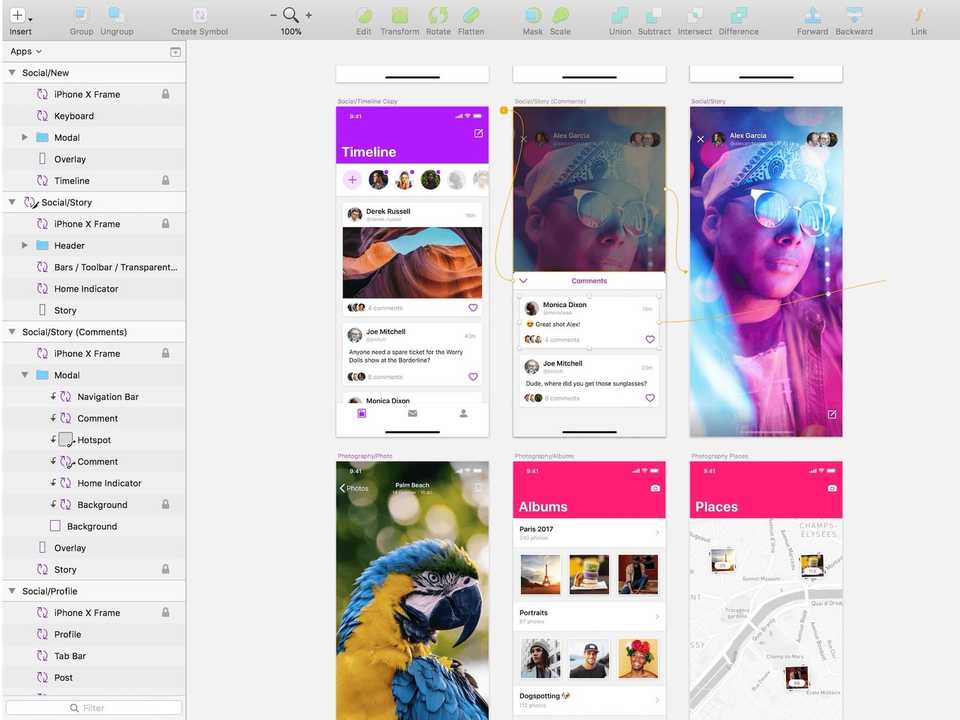What is a digital product?

Ewan Collinge
Apr 18, 2019

People often ask us what we mean by the term “digital product”. As a company calling itself a "digital product studio" this confusion can be a bit of a problem (and makes it hard to explain your job to people at parties). It also hints at a wider issue we've noticed with the terminology people use to talk about tech – they focus on the form rather than the function.
Simply put, digital products are any kind of software-enabled tool*.* They use pixels and code to deliver some kind of functional value to the end user – they make something useful happen.
Whether that value is delivered as a website, an app, a VR game, an Alexa skill, an e-book or any number of other ways is secondary. The right way to think about digital products puts their function above their form. They’re a meeting of functionality (what the code is doing), user experience (how the user interacts with the functionality) and platform (how the product is delivered). The choice of platform is just one part of that equation.
So when we’re talking to someone about a new project we’d much rather hear “What can we build to solve our problem?” than “We need to build an app.” You've skipped a crucial step and potentially missed an opportunity to think about your approach more broadly.
Why do companies build digital products?
In general, the purpose of building a digital product is to solve a problem for your users while achieving some goal for yourself. That could be selling a product, displaying ads, adding functionality to another product, collecting data, promoting a cause etc. While everything from indie games to banking apps fall under the digital product umbrella, they tend to share certain features which (we hope) it will be informative to discuss.
Types of digital products
Digital products come in many shapes and sizes but broadly fall into the following categories.
-
Static websites
The simplest digital product there is. These display information to market a product or service, communicate an idea, advertise an event, etc. These vary greatly but are more or less different takes on this.

The extremes of static websites
-
Web apps
A web app is a piece of software that runs through your browser. Typically some of the logic runs “client-side" (i.e. on your browser) and data can be submitted to or retrieved from a database. These are generally built to work on all devices with a web browser and run without any kind of installation required. Accessing Instagram on Safari would be an example of a web-app.
-
Native apps
These are pieces of software you download and install on a device like an iPhone or tablet. Here developers make use of Software Development Kits (SDKs) and Application Programming Interfaces (APIs) to build apps optimised for specific devices. This allows them to access more of the device’s functionality than a web app. For example, you could use Face ID to handle the login for your iOS app or manipulate the device graphics card to run your 3D game. Native apps are generally harder to maintain because they use platform-specific coding languages. You can’t write an iOS app in Objective C that also runs on Android. An example of this would be downloading the Instagram App from the iOS app store.
-
Desktop Apps
In essence, these are native apps built for desktop. They cover everything from Microsoft Word to GarageBand to Photoshop. In the past, these were installed from physical memory (like CDs and floppy disks), but these days are typically delivered and updated via the cloud. You pay a subscription, download the latest version, then install the software directly on your device. Traditionally these have been where the “real” work happens – writing important documents, designing complicated things, coding, spreadsheets – but the rise of powerful web apps is starting to change that. An example of this would be installing Photoshop for Windows via Adobe Cloud Subscription.

Sketch is an example of a Desktop App
-
Proprietary/Stand-alone Software
This is software that performs some function, but that may not be a user-facing product itself. Its purpose may be as an add-on to other products or the development of functionality to then be sold or implemented later directly or via an API. An example of this might be developing an image-recognition algorithm that other companies could license, or building a payment system that developers could integrate for a subscription fee.
-
Platform Apps
This describes products that are built for another platform’s interface such as an Alexa skill, a Facebook Messenger chatbot, a WeChat app or an Apple HomeKit app. There’s still a backend running the app but the user experience is delivered through the platform’s interface (as opposed to one you build yourself). For example, when you say “Alexa, play my music on Spotify”, it uses a skill (built by Spotify for the Alexa platform) to access your Spotify account and stream audio from the Spotify database through the Alexa device.
Update (25/04/19) - In our new series Startups for Realists, we spoke to Tom Evans, the COO of EmailOctopus, a bootstrapped email marketing platform

Apple Watch
"Product" vs "Platform"
Sitting a layer above any digital product is a “platform”. This is where the core system architecture lives – databases, server logic, security, APIs, etc. It’s the central infrastructure on which multiple products that need to have a shared backend can be built.
All digital products have this running in some form behind the scenes, and it gets more complex with scale. For example, Instagram has a range of products delivering different features to their various users – visitors, advertisers, Instagram teams. There’s the iOS, Android and web apps, the advertising platform, APIs, plus the data science, algorithms and internal tools they use to optimise the ads, user feeds and their strategy. All of these products work off the central Instagram “system”.
Different types of technology can come into play at various points in the chain. Something that “runs on the blockchain” may have a blockchain database running somewhere in the backend, with that database actually being manipulated by an iOS app. A machine learning algorithm might be used to decide what content a user sees in their feed, but live separately to the apps the user actually interacts with. The feed itself may then be displayed in the web app, with the clever machine learning stuff having been done server-side at the platform level.
Conclusion
The term "digital product" is something of a catch-all. It encompasses everything from simple websites to complex apps integrated with large and sophisticated platforms. It's a blunt instrument but also a useful way to think about technology. By thinking about products in terms of the problem they're solving given the unique characteristics of their form, it's easier to understand how to approach building your own solutions. Start by defining the problem – then go from there.
If you're looking to build a digital product or to organise a free tech review for something you've already built, we'd love to chat! Get in touch at hello@crowdform.studio

Ewan Collinge
Ewan is co-founder and product lead at Crowdform.